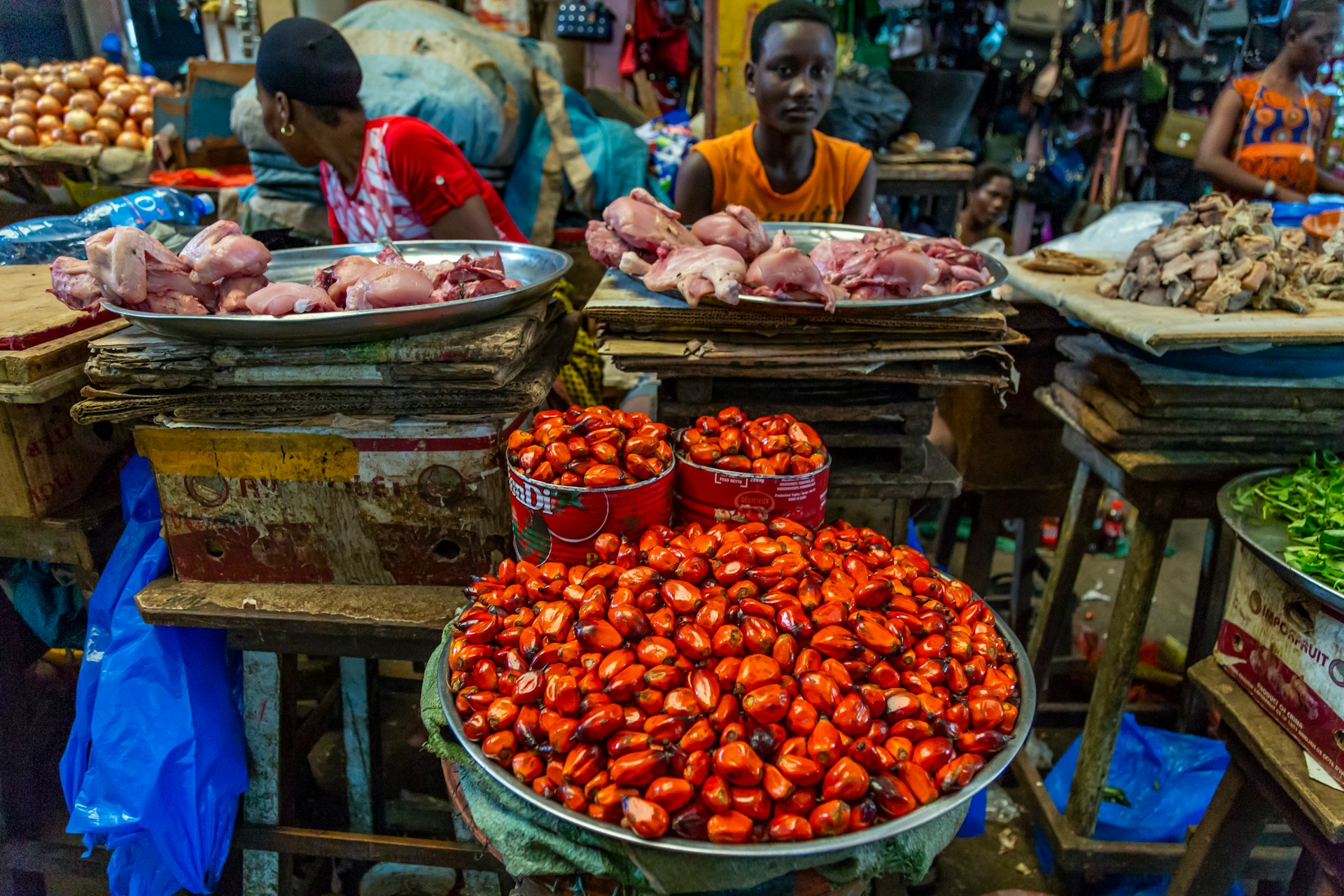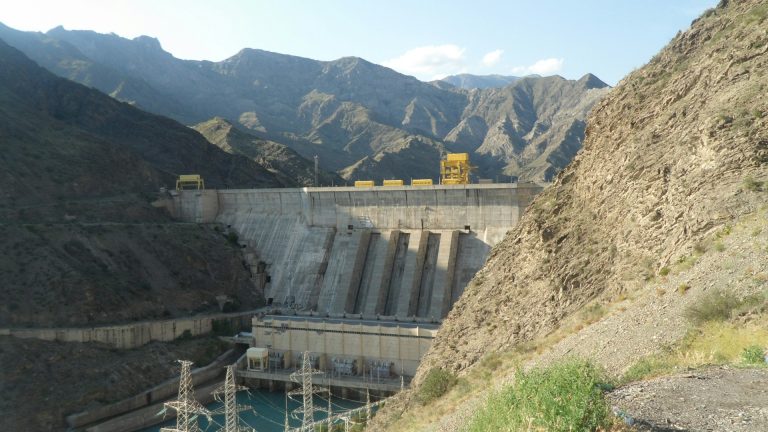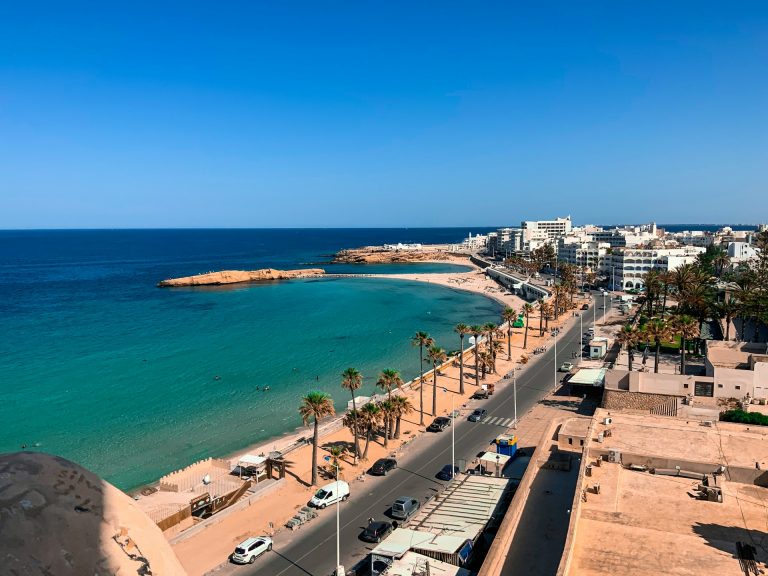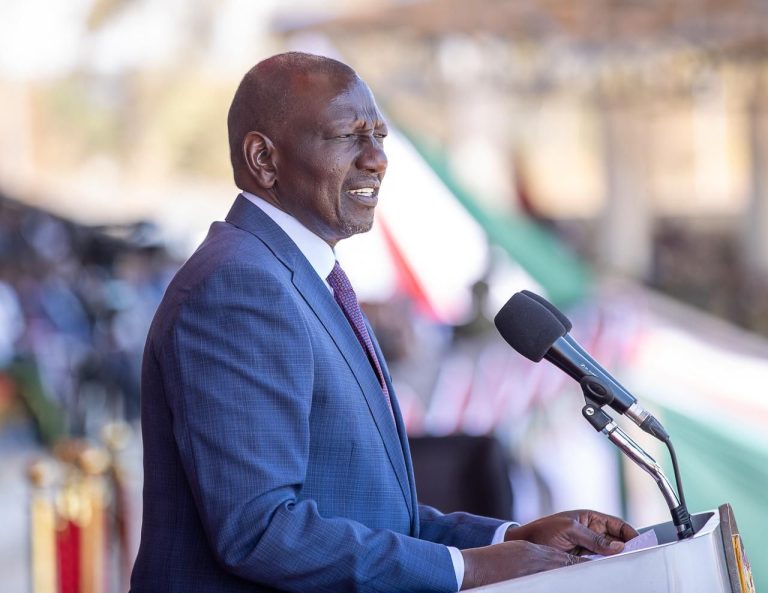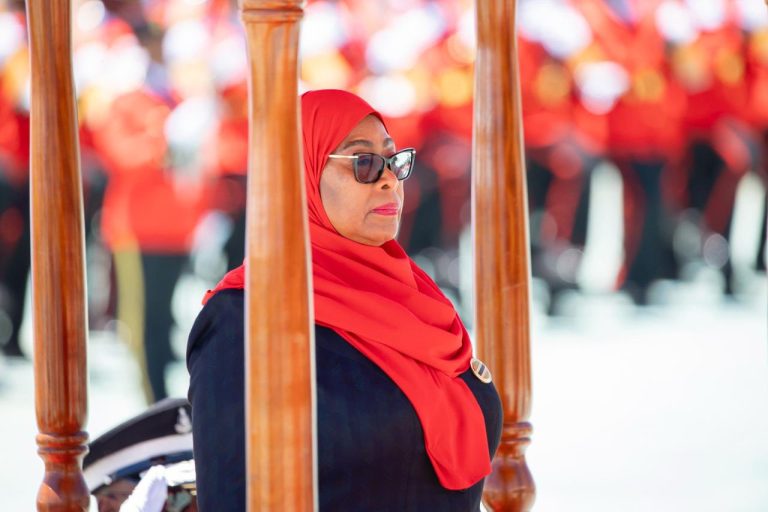Hit by Donald Trump’s sweeping tariffs, Africa faces a defining choice – pivot towards China, deepen EU and Russian ties, or hold faith in an unpredictable US.
President Donald Trump’s sweeping tariffs on a range of countries have pushed a fresh question to the top of policy and boardroom agendas in Africa: where now should the continent channel its trade focus – to China, the European Union (with a wary eye on Russia) or stay tethered to the United States as a commercial partner?
The short answer is: there is no single safe harbour. Africa’s best option is a pragmatic mix – deepen intra-African trade, defend diversification with stronger value addition, and re-balance partnerships to reduce exposure to unilateral shocks. Recent data and policy signals, however, make clear that speed and strategic choices will matter.
A changing map of partners
China remains Africa’s single largest trading partner by a wide margin. Trade volumes between China and Africa surged over the last two decades and peaked in the late 2010s, making Beijing a dominant destination and source of manufactured goods and infrastructure financing for the continent. For many African exporters – particularly oil, minerals and certain agricultural commodities – China is both a buyer and a financier of projects that western capital markets often avoid. This deep integration offers scale and finance but has long left African economies vulnerable to commodity cycles and Chinese demand swings.
The European Union still accounts for a substantial share of Africa’s trade and investment, offering high-value markets and institutional linkages (standards, development finance and investment protection) that are attractive to African exporters seeking quality and stability. Russia’s footprint is smaller in trade volume terms but has been growing rapidly – especially in agro-commodities, machinery and energy ties – and Moscow’s willingness to broker favourable political terms has political attractions for some capitals.
The United States remains an important market – for goods, services and investment – but the new tariff landscape has raised real risks for exporters who depend on preferential access or established supply chains into the US. USTR and US trade data show meaningful flows, but recent policy unpredictability has dented confidence. For countries with concentrated export profiles to the US, the tariff shock is a stark signal to diversify.
Tariff hikes cut two ways. For producers who face higher levies, revenues and market access fall fast; for importers, costs can spike and inflationary pressures rise. African commodity exporters – where capacity to add value locally is often limited – are particularly exposed. That makes the case for rapid investments in midstream and downstream processing: turning raw copper into refined metal, cacao into finished chocolate, or cotton into textiles. It raises jobs, cushions price volatility and makes exports more portable across markets.
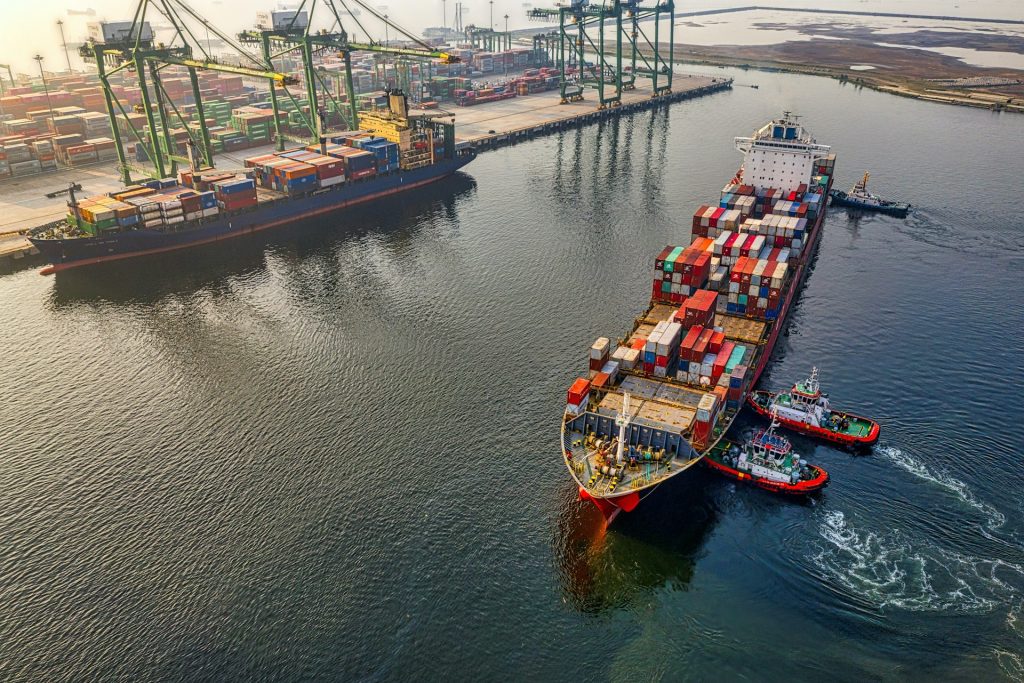
A second immediate option is tactical market reallocation. Firms and governments will increasingly route goods toward receptive markets – China, the EU, or regional neighbours under the African Continental Free Trade Area (AfCFTA). Afreximbank and AfCFTA data show intra-African trade rising fast (intra-continental trade reached hundreds of billions in recent years), signalling that stronger regional integration can blunt external shocks – albeit not overnight. Fast-tracking AfCFTA implementation, logistics upgrades and payment systems (PAPSS) will pay dividends.
Policy prescriptions for African governments
Accelerate value addition. Fiscal incentives and strategic industrial policy should target sectors with easy scaling potential (agro-processing, light manufacturing, critical minerals). This reduces the risk of being price-takers.
Deepen AfCFTA and intra-regional supply chains. The more trade sticks to the continent, the less vulnerable it is to external tariffs. Afreximbank’s recent work shows momentum that policymakers should amplify with infrastructure finance.
Diversify diplomatic and trade ties. Engage China and the EU for market access and finance, Russia for targeted commodities and niche cooperation, and keep the US as an important but risk-managed partner. Bilateral deals should be judged on market access, standards alignment and political stability, not ideology.
Strengthen trade diplomacy and dispute settlement capacity. When big partners raise barriers, formal dispute mechanisms and multilateral support (WTO, AfCFTA dispute panels, regional development banks) will be crucial.
Trump-era tariffs have jolted trade strategy across Africa. The continent cannot rely on a single partner. Its best defensive and offensive posture is threefold: build value chains at home, deepen regional markets under AfCFTA, and cultivate a diversified external portfolio that mixes China’s scale, the EU’s standards and the US’s investment potential – while remaining alert to new geopolitical risks and opportunities. The winners will be the countries that move fastest to turn exports into investible, higher-value products and to stitch together resilient regional markets.
